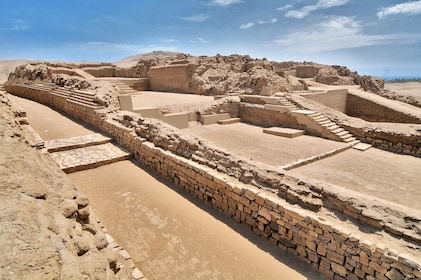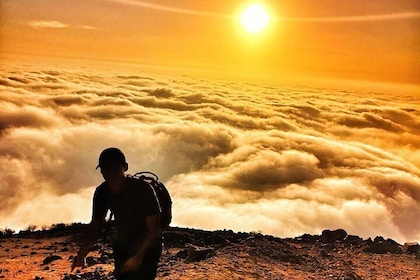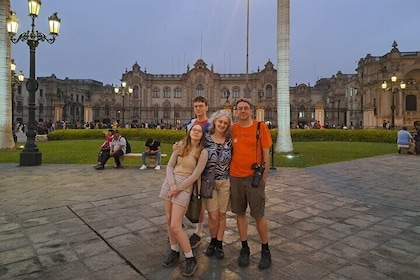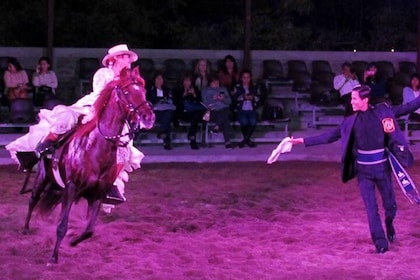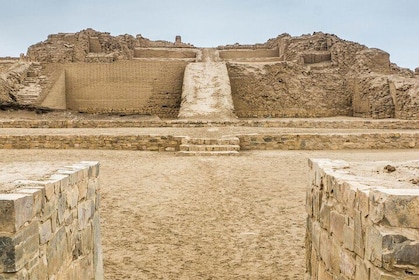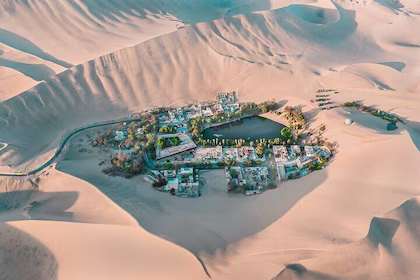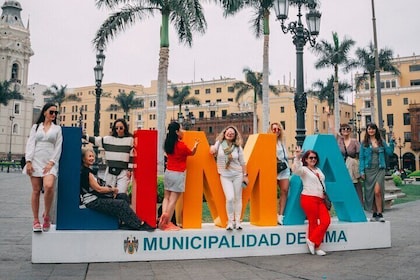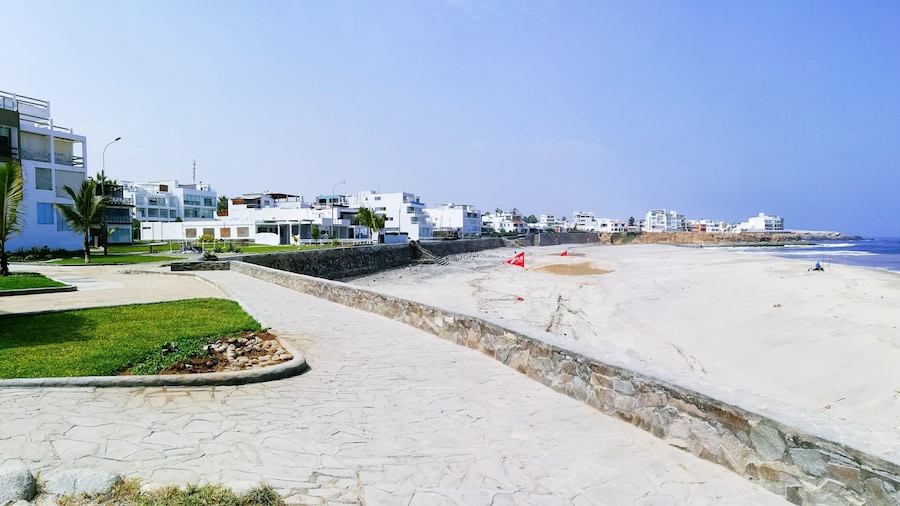Pachacamac is an ancient temple and archaeological wonder. It spans several square miles and includes building sand constructs that date back to A.D. 200. Look out for evidence of the several civilisations that rose and fell over this incredibly preserved site. Tour its 17 pyramids, see its cemetery and inspect ancient works of art which memorialise the vibrant culture that existed here before European colonisation.
Of the many indigenous groups that rules over the area around the Pachacamac, Moche, Huari and Inca cultures are the most researched. Learn about Pacha Kamaq, their chief deity and creator god, after whom the temple is named. Ask your English-speaking guide about the tribal rituals or the ancient Incan oracle, who was one of Peru's most important pre-Columbian figures. Tours take around an hour.
As you pass the mud-clay ruins, be sure to stop by the complex's most significant sites, including temples devoted to the sun and moon. Archaeologists estimate that the Temple of the Sun was constructed using an extraordinary 50 million mud bricks. Imagine living here during its heyday, when the area was a hive of religious activity.
The scenery of the area makes for a picturesque backdrop to the ruins. Look out onto a panorama of desert land that stretches into the distance on one side, and towards the Pacific Ocean to the west. From a temple top, you can spot the Andes Mountain Range to the east.
Many pyramids bear the marks of flood and drought damage. These scars add to the their impressive stature, as even South Americas dramatic weather patterns couldn't bring them down over two millennia.
Find the Pachacamac around 40.2 kilometres (25 miles) southeast of Lima. Get there along a Pan-American highway which traverses the Valley of the Lurin River. Tours can be booked in central Lima. Hotel pick-up and drop-off is often included. The complex charges a reasonable admission fee.





